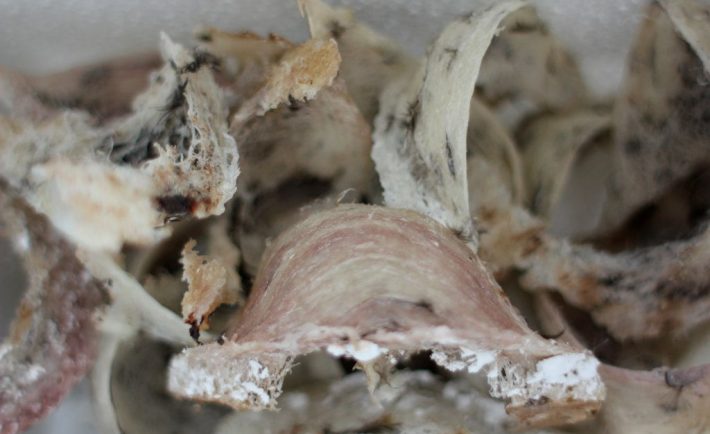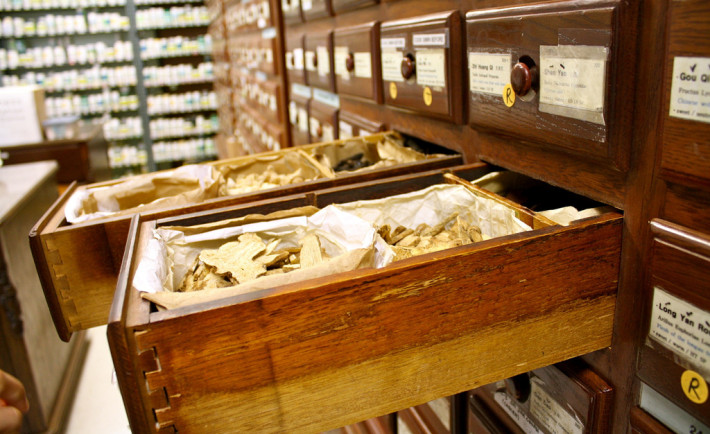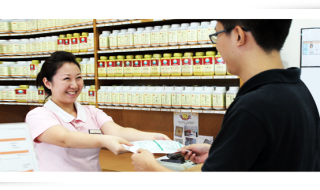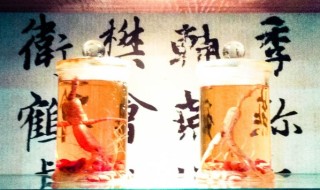There are interesting reasons why the Bird’s Nest delicacy is known as the “Caviar of the East”. For starters, it costs about S$40 to S$135 to get a single bowl of Bird’s Nest Soup. While, edible Bird’s Nest costs about S$5,600 per pound. You can finish polytechnic studies with that amount of money!
Do not get me started with the price of the highest grade of Bird’s Nest. The highest grade are the most expensive because it is the purest. It is 90% edible upon harvesting and requires little amount of processing.
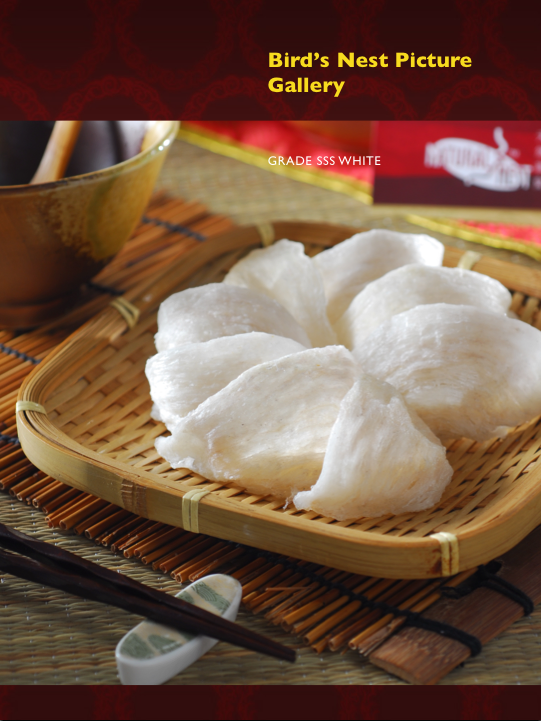
Image Credits: baligraph via flickr.com
How do you store an expensive delicacy as such? Do not worry about consuming everything in one sitting as you can refrigerate it for about two weeks.
The high cost of the Bird’s Nest comes from its dangerous retrieval process, its painstaking cleaning process, and its expansive health benefits (according to Traditional Chinese Medicine).
The Bird’s Nest comes from the saliva of the Swiflets. Swiftlets live in limestone caves around South East Asia, Indian Ocean, North Australia, and Pacific Islands. These birds build their nests three times a year – in spring, summer, and autumn. Each nest takes about 30 to 35 days to build. Interestingly, males primarily build the nests by attaching them to the vertical walls of the limestone caves. Removing these nests can be dangerous! Retrievers will start by climbing the outside of the cave to attach the ropes. Then, they will drop down the ropes to the cave floor. These ropes will be tied to handmade ladders and poles to ease the collection process.
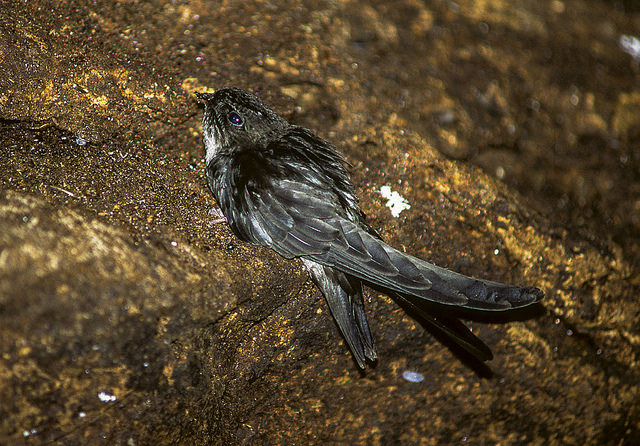
Image Credits: Francesco Veronesi via flickr.com
The tedious retrieval of the Bird’s Nest does not stop there! In fact, researchers observed that it can take a person approximately eight hours to clean 10 nests. Commercial cleaners often use bleaching agents to speed up the cleaning process. All these hours seem to pay off as consumers are hooked by it! Many of the demand comes from the traditional belief of its health benefits.
Bird’s Nest can be consumed alone or as an additive in dishes, beverages, and cosmetics. It is rich in protein, which contains essential amino acids. Moreover, it contains six hormones including testosterone and estradiol.
Previous research has indicated that the nests contain substances that can stimulate cell division and growth and enhance tissue growth. This is why many use it for their skincare or beauty regimen.
Now, you know why the soft and jellylike delicacy comes with a hefty price-tag!


